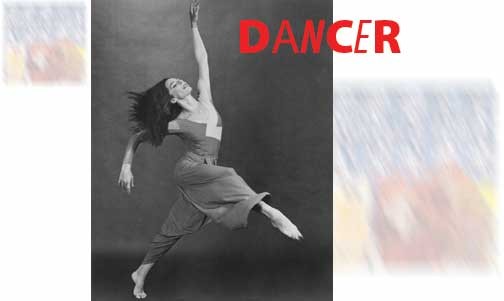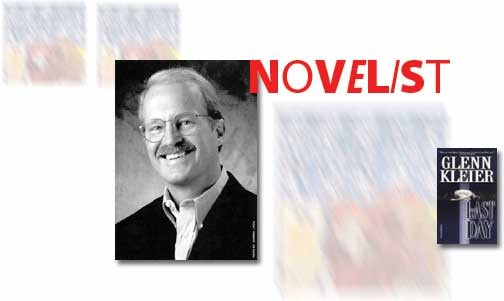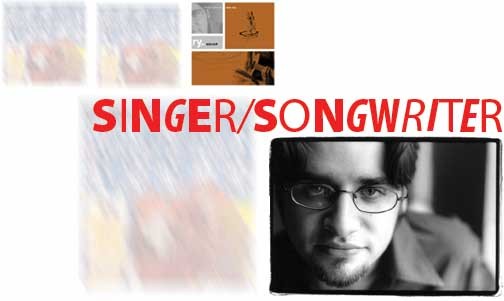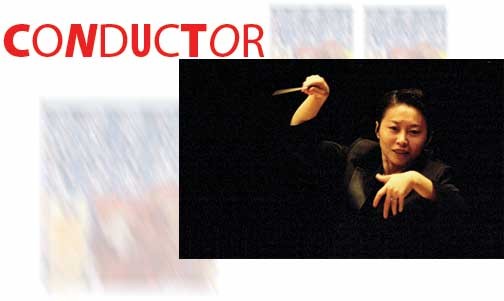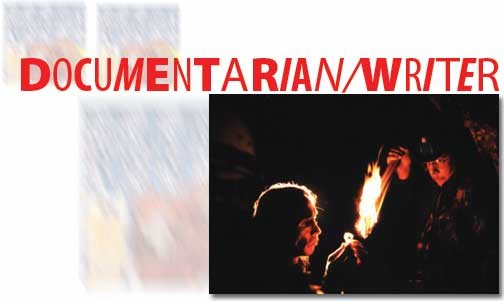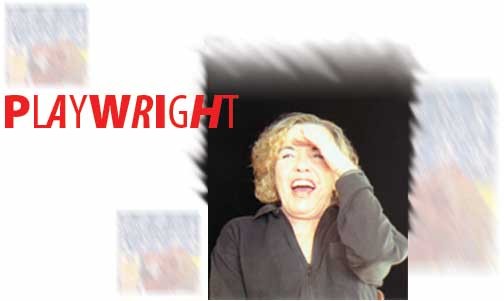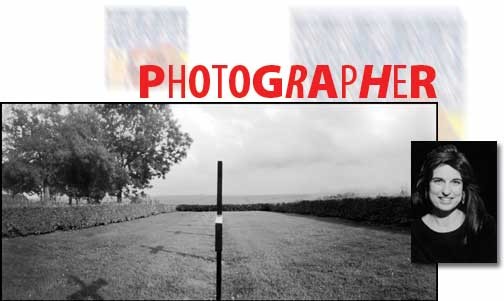UC artists go off canvas and on the record
by John Bach
"Human beings are the only species on this planet who know they are going to die," says University of Cincinnati art education professor Robert Russell. "A fundamental challenge for humankind, therefore, is to face this fact, to bear up under it, and to provide some hope for the future. Certainly throughout history the arts have been one instrument for this purpose."
There is little question that we are nourished by the arts. Research suggests that children exposed to creative compositions of music and literature tend to be problem solvers who are more willing to take intellectual risks. As adults, we find paintings and performances lift us up, inspire us and even challenge our way of thinking.
No matter which medium, it is clear that the arts are impactful and adored by viewers, listeners and paying audiences. Perhaps what is less clear, however, is the effect a work has on its creator. To gather the artisan's perspective, we asked a cross-section of UC's creative minds to let us inside their heads -- or at least the right side of their brains -- for a quick look around. Here, a wide variety of faculty and alumni artists reflect upon their passion and how the creative process affects them.
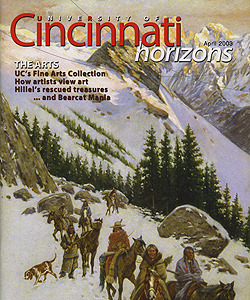
 Past Issues
Past Issues
